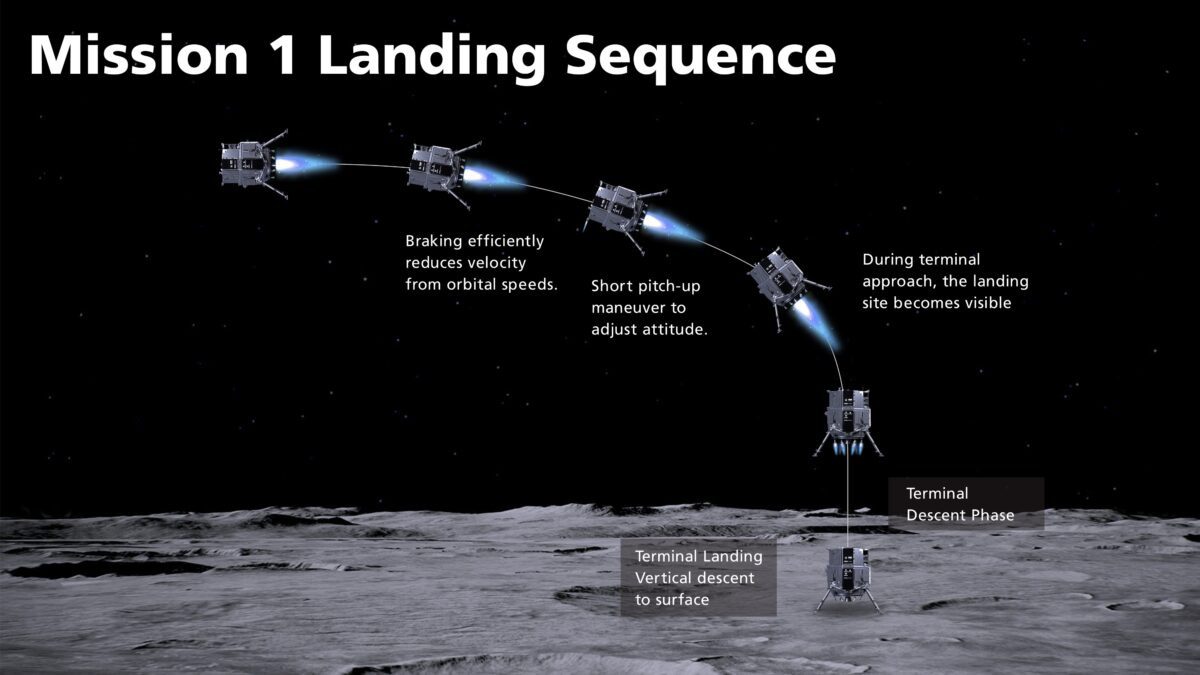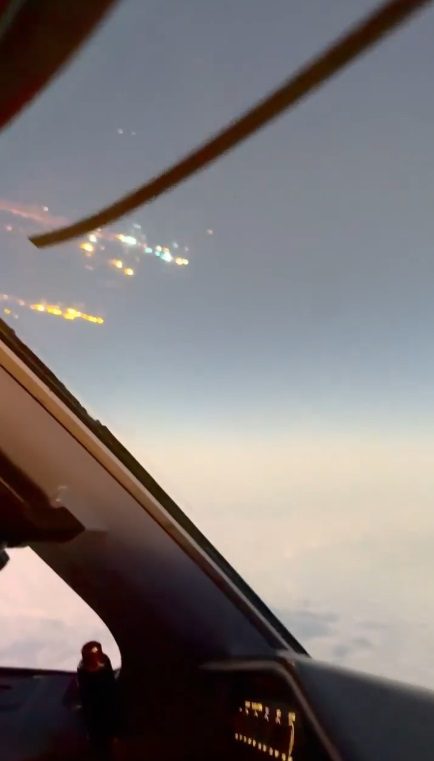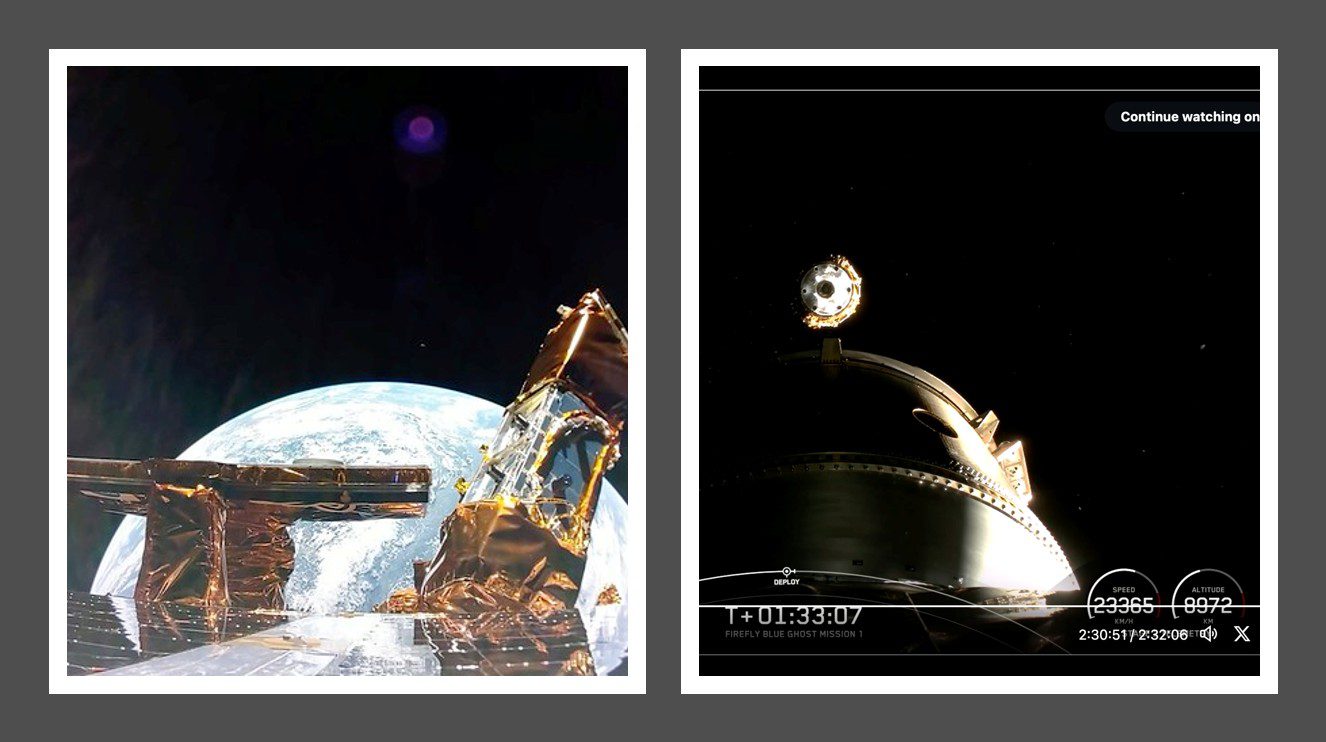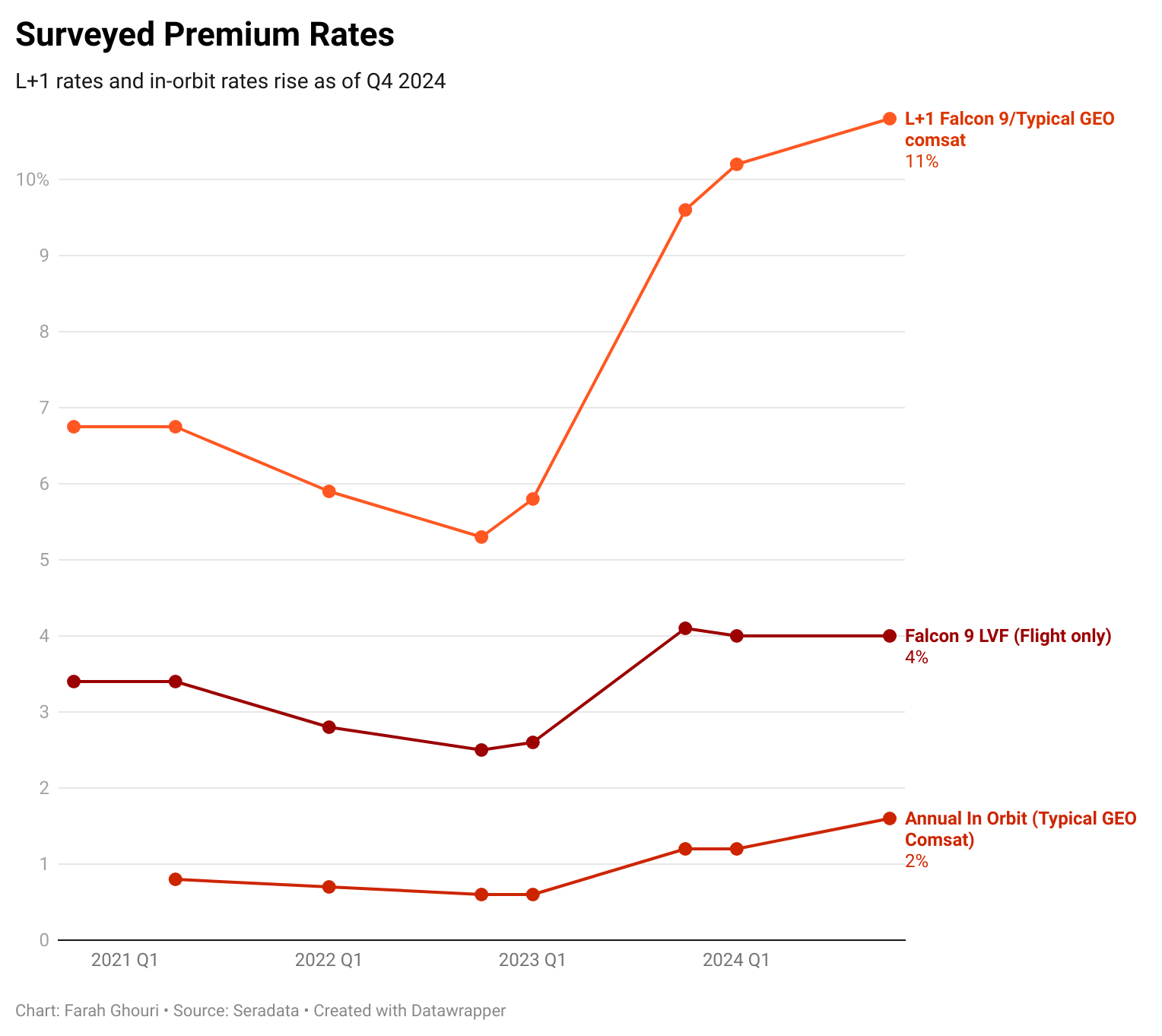I-Space (Japan) has reported the results of its investigation into the landing failure of its HAKUTO M1 lunar lander on 25 April 2023.
At 1533 GMT the Hakuto M1 Lunar lander moved to a 25 x 100 km orbit and at perilune around 1627 GMT it began a braking burn to descend towards crater Atlas Unfortunately, the lunar lander Hakuto-R (with RASHID and SORA-Q lunar rovers aboard) crashed on the surface of its destination after communication with the Japanese spacecraft was lost just moments before its planned touchdown at around 1640 GMT on 25 April 2023. It is thought that the spacecraft fell to the lunar surface in an unpowered fall. Initial indications were that the spacecraft had run out of propellants. However, the true cause was software design.
As the spacecraft crossed a rim of the Atlas crater within which it was supposed to land, the altitude was measured by a laser rangefinder and the relatively low clearance height made the software believe that a landing was imminent. But as the lander moved away from the rim, the laser rangefinder then showed the altitude as rising suddenly by 3 km This sudden change was unexpected by the software and it was programmed to regard the rangefinder as faulty. The result was that as the flight continued under inertial measurements without further accurate altitude readings, the lander’s control system, using the rim altitude reading and the landing plan, thought that a landing had either happened or was imminent while it was actually still at 5 km above the surface. Thus, in thinking that it was about to land, the spacecraft’s control system set it to only descend slowly at about 1 m/s, using up its propellant as it went. In the end, it ran out of propellant with its still at a high altitude and it fell onto the lunar surface crashing into it at a velocity of above 100 m/s.
The software was designed by the US firm Draper with modifications/specifications being made by the I-Space team who take the blame. The failure is thought to be partly attributable to the change of landing zone from a flat plain area in Lacus Somniorum, to one inside the Atlas crater.









